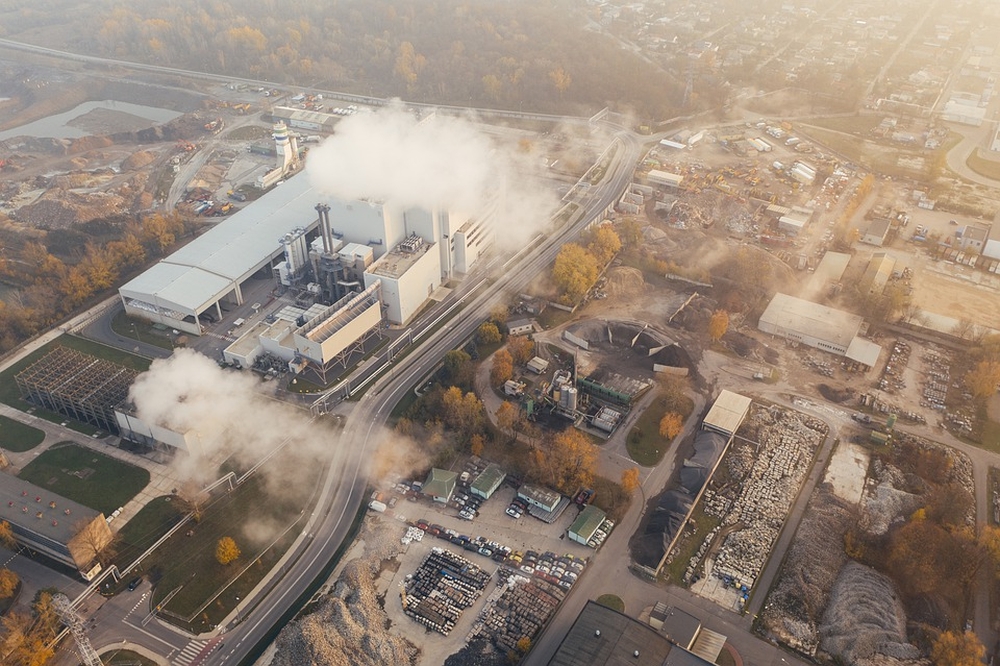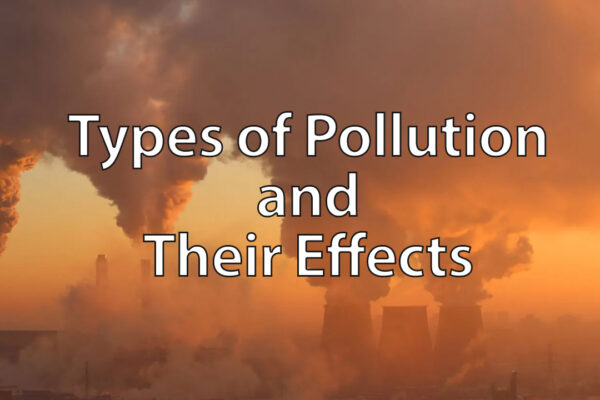China’s Carbon Pollution Exceeds All the Developed Countries Combined
Carbon pollution from China’s booming, coal-intensive economy last year exceeded the carbon pollution of the US, Europe and other developed nations combined – making up to a whopping 27 percent of all the greenhouse gases worldwide.
As China’s coal-reliant economy has boomed, so have its emissions. While emissions from other nations have been stable since 1990, they have almost tripled in China.

The last 10 years have been the warmest on record due to excessive pollution | Image: Pixabay
The country’s soaring emissions and consistent population reflect that per capita emissions have grown rapidly too. However, the US still leads the world’s per capita emissions, at 17.6 tons per person. President Joe Biden has pledged that the US will halve by 2030.
China’s swift lockdown early in the Covid-19 outbreak has allowed the country’s economy to bounce back quickly and it is expected that China’s emissions per capita in 2020 will overgrow the average of developed nations combined.
Over the last few years, China’s impulsive industrial growth has drawn attention from several authorities all over the world. The Communist Party lifted the ban on coal plants and the flexible policies in recent years.
Even though China has established solar panels and wind turbines, fossil fuel is still the backbone of the majority of industries and transport modes. The electrical grid of the country is particularly intensive – with almost half of the world’s coal being burned inside China’s borders.
Also Read: Air Pollution from Fossil Fuels Consumption Costs World $8 Million A Day
China defends by claiming that they have the right to burn fossil fuels since developed countries did the same decades ago.
But currently, China exceeds the limit, making it the largest contributor in recent years. The country is the world’s largest financier of coal plants abroad with over 100 GW financed by Chinese companies.
On a positive note, China is dropping the wind and solar prices and expects to undercut new coal plants. Alarmingly, China’s pledge for the Paris Agreement states that it will reach a carbon emissions peak by 2030 and reach net zero after 30 years.
Via: Arstechnica


